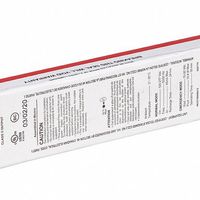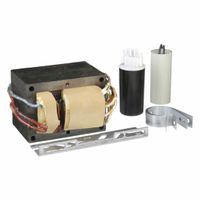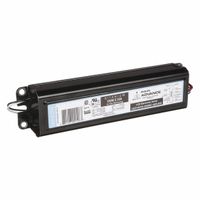Ballasts & Drivers
Ballasts and drivers install into lighting fixtures to regulate current and voltage flowing to the fixtures' lamps or LED arrays. They protect lamps and LED arrays from damaging fluctuations in the power supply that can reduce the quality of the lamps' and arrays' light output. Fluorescent ballasts .....Read More
Frequently Asked Questions
What is the difference between a ballast and a driver?
How do I know if my ballast or driver is bad?
Can I replace a fluorescent ballast with an LED driver?
How do I install a ballast or driver in a lighting fixture?
What are the signs of a failing ballast or driver?
How do I choose the right ballast or driver for my lighting fixture?
Can I use an LED driver with fluorescent lamps?
How do I wire a ballast or driver for emergency lighting?
What is the lifespan of a ballast or driver?
How do I troubleshoot a ballast or driver that isn't working?



